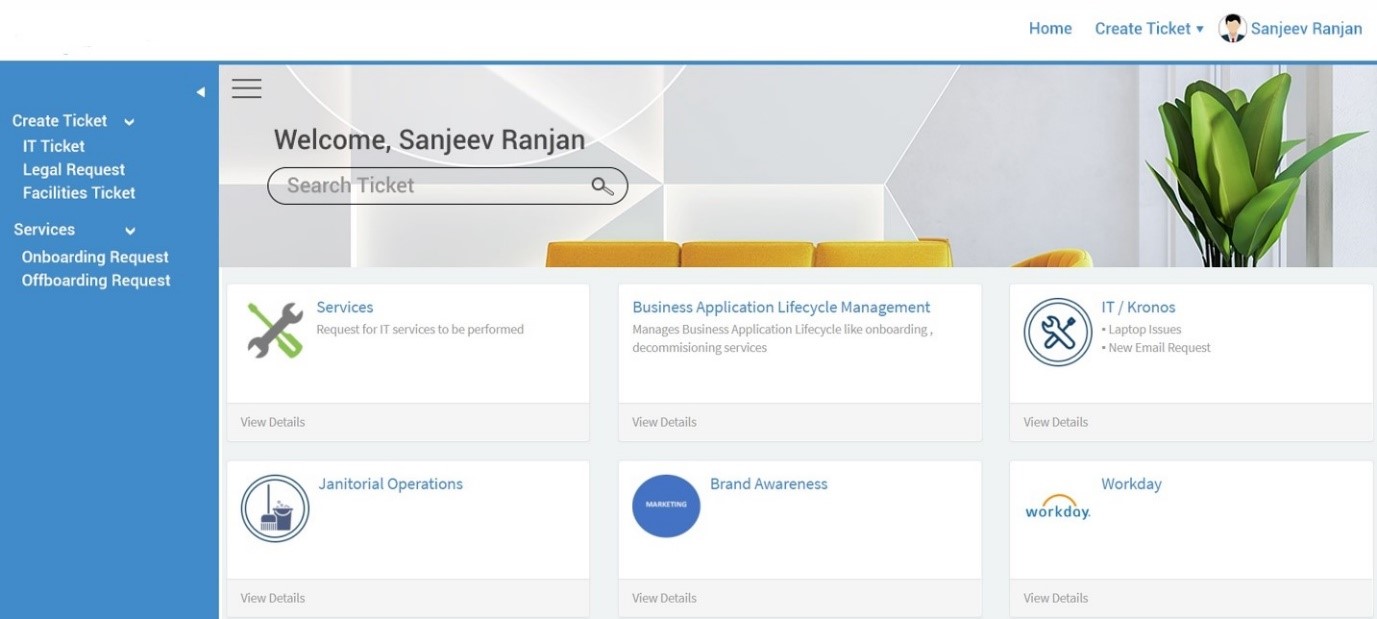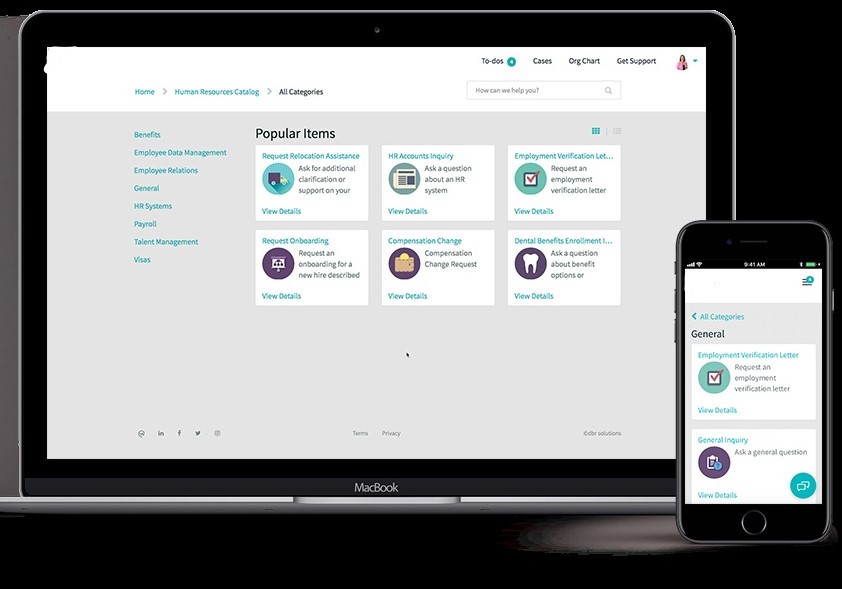In recent years, Customer Service Portals have developed rapidly, and there is a much greater level of engagement. Earlier, the existing systems allowed customers to perform simple basic tasks such as reviewing documents, but today's portals enable users to engage directly with a company's customer support processes. Rather than making a call to a customer support specialist, a customer can enter their requests, track them, and access a knowledge base of past requests and updated documentation. It is ready to use and can be easily implemented.
Usually, some companies opt to use it Out of the box; however, according to the business, sometimes certain needs require customization of the Service Portal. And the good news is that this is now far easier. We will cover some critical points that will help you make your portal stand out
- Make your portal appealing to the customers: A portal should be simple, beautiful, competitive, predictive, and leading. Commit to Customer-centric design principles. The theme, logo, CSS, and other specs related to the view must be aligned with the company/customer's theme. Therefore it is best to involve the company's internal designer for these.

- Easy Navigation: The navigation on the self-service portal needs to be easy and should offer a hassle-free experience. The web should offer choices on finding information without dead ends
- Provide enough information: Enough articles should be available for consumers promptly. Never try to put too many categories or information on a single page. Instead, the design should lead people to things they need most. On every page, we must have the breadcrumb widget to navigate back to any previous page. Each page of the portal must have a search bar that would act as a global search. In the second phase of the portal development, these search engines can be customized specifically to the current page. There are multiple types of Out of Box widgets available to cater to different searching needs as per the requirement.

- Embed a widget rather than clone when possible: Embedding an existing widget into your custom widget takes advantage of pre-existing functionality without cloning or duplicating code. You can still pass parameters into the embedded widget to control its behavior. To change the CSS of any widget you can use widget instances instead of cloning the widget. We need to upgrade Out of the Box features every time to get the best and the latest features and fixes.
- Avoid using tags in HTML templates: To minimize the chances of production issues in the Customer Service Portal, we must avoid using inline templates using tags in the widget's HTML template. Instead, we can create a related Angular ng-template record for the widget.
- Add limits to GlideRecord queries to improve performance: If your server-side script uses GlideRecord queries, the setLimit function can restrict the number of records returned and improve response time on queries. We can tie this limit to the widget instance option for more flexibility than assigning a hard-coded value (for example, gr.setLimit(options.limit || 100)).
- Use of Route Maps: Route maps ensure that even if the URL contains a reference to the OOTB page, the system would still open the customized page and widgets and act as an excellent fallback technique. If you want your users to land on the form view instead of the ticket view, you can check and review each of the pages like xxx_sc_cat_item and change the particular line of code in the cloned widget and make it point to the xxx_form page. You can achieve this by navigating through all the possible links and checking which widgets link to which page.
- Make your Service portal device friendly: Having a device-optimized service portal helps users submit tickets on the go. Instead of calling tech support, users can submit via mobile/tablet app. Users can track all their requests via mobile apps anytime, anywhere. The type of the client script should be changed to All or Mobile/Portal.














